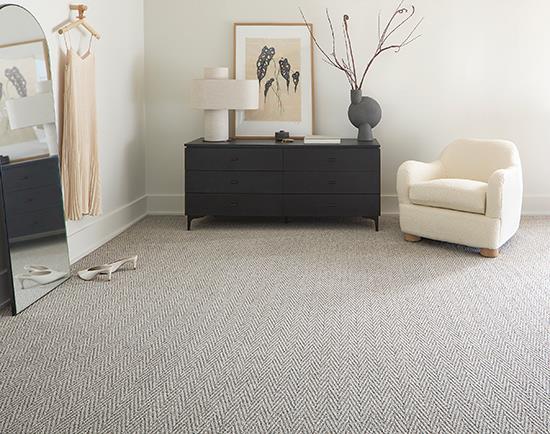Survey 2022: What the Retailers Think: Inflation, product availability and delivery, and labor issues are hobbling flooring retailers - July 2022
By Darius Helm
While most independent flooring retailers report that demand is strong for residential flooring products, logistics, rising prices and insufficient labor, both in terms of installers and salespeople, are causing major disruptions, stressing client relationships and shrinking margins. “Rising inflation is concerning, as I feel it might drive people away until the pricing levels out,” one surveyed retailer opined. And most retailers don’t expect conditions to improve any time soon. Another retailer expressed concern about the state of business as housing activity slows.
For the last two years, the home has been the salvation for flooring retailers-new homes, remodeled existing homes and, more recently, rentals-but now retailers are concerned that the growth era is behind us. A new report from Harvard’s Joint Center for Housing Studies indicates that inflated values and higher interest rates are slowing the market.
New and existing-home sales are down year over year, and the erosion is expected to continue. According to Lawrence Yun, chief economist for the National Association of Realtors, “Home sales have essentially returned to the levels seen in 2019-prior to the pandemic-after two years of gangbuster performance.” Also noting that there are signs that the shift from urban to suburban living has waned, he adds, “Further sales declines should be expected in the coming months, given housing affordability challenges from the sharp rise in mortgage rates this year.”
However, it’s worth noting that the higher end of the market, which has been a key driver of growth since 2020, is relatively buffered from inflationary impacts on product and rising interest rates, and is expected to continue to outperform for the time being.
The only obvious silver lining to this slowdown is that it may take the pressure off two of the most challenging issues in the market today-supply chain constraints and the lack of qualified labor, particularly when it comes to installation.
As one respondent put it, “The flooring industry will cease to exist if we don’t start training and getting younger people as installers. It’s going to be hard to stay successful in the next ten years when all of the installers between the ages of 55 and 65 retire.”
Many retailers feel that manufacturers need to do more. One retailer said, “It’s time for manufacturers to pitch in with training and recruiting new installers.”
WHO THEY ARE
Floor Focus surveyed hundreds of retailers from around the country. The biggest volume of responses came from retailers from the Midwest-nearly 30%-compared to about 26% from the South, 24% from the West and nearly 20% from the East.
In terms of annual sales, there are indications that gains have backed off over the last year. On average, retailers are making less money than they were a year ago. In this year’s survey, 51% of respondents reported sales of $2 million or less, compared to 40% last year and 43% in 2020. And at the other end, only 37% reported sales of $3 million or more, compared to 47% last year.
Underscoring this shift in fortunes, retailers report an increase in average revenues of 9.2% and average earnings of 8.3%, compared to 15.8% and 14.8%, respectively, last year. So, while there’s still growth, it’s decelerating. Like last year, revenues outpacing earnings largely reflects increasing product prices and higher operating costs.
For the complete Retailer Survey Results, see the July 2022 issue of Floor Focus Magazine.
Copyright 2022 Floor Focus
